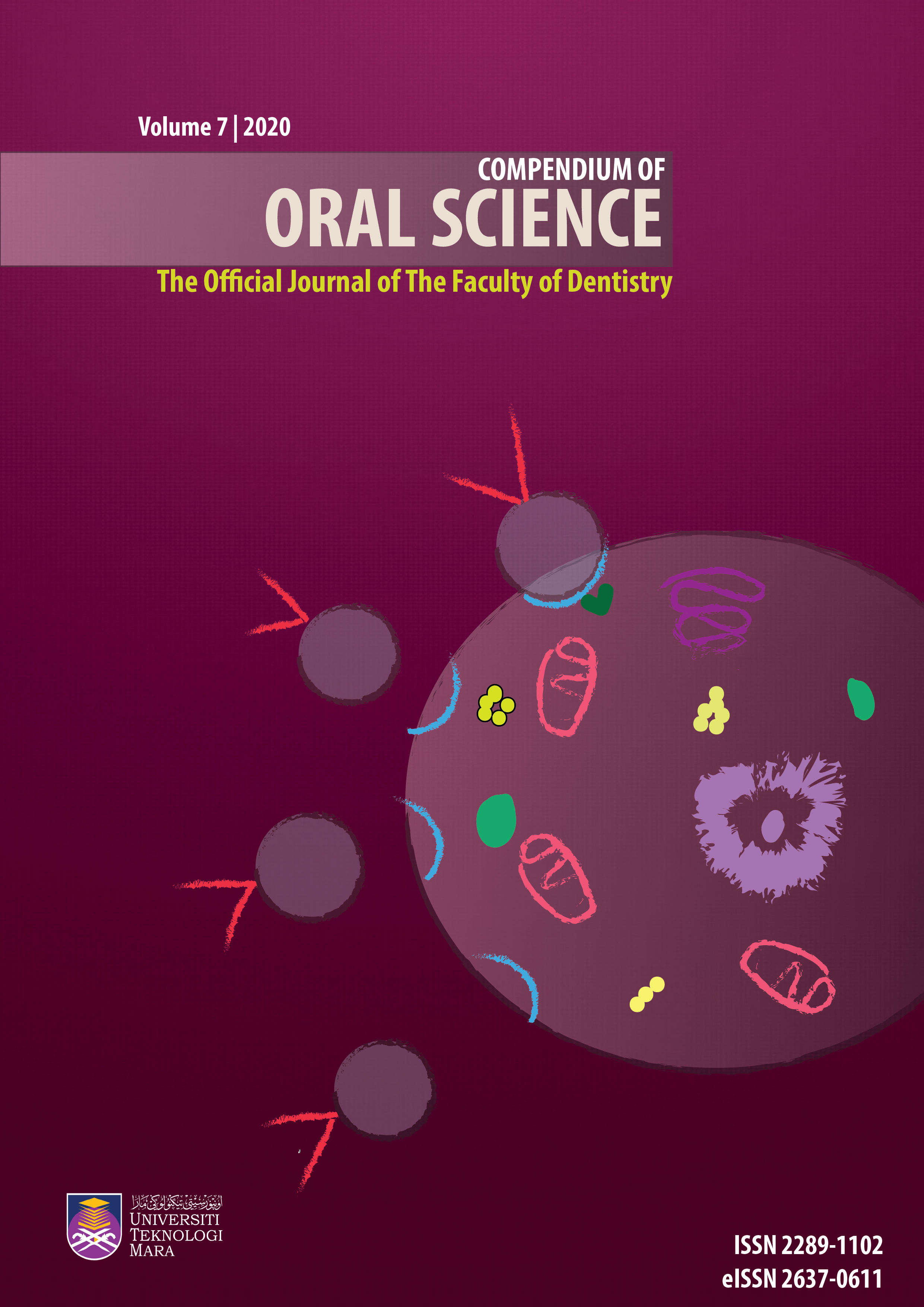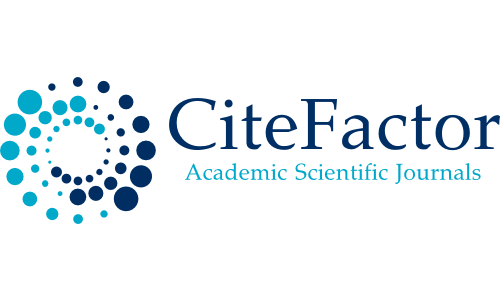Performance of Dental Undergraduate Students using International Caries Detection and Assessment system (ICDAS)
DOI:
https://doi.org/10.24191/cos.v7i0.17490Keywords:
ICDAS, caries detection, visual inspection, dental educationAbstract
Objectives: This study aimed to assess intra- and inter-examiner reliability of International Caries Detection and Assessment System (ICDAS) and modified epidemiology ICDAS (MOD) code by undergraduate dental students with different clinical experiences. Methods: A total of 150 dental undergraduate students with varying clinical experiences (0, 1 and 2 years of clinical experience) were recruited. Participants received training through a theoretical lecture on ICDAS criteria by an experienced National Benchmark Group (NBG) examiner and underwent e-learning program prior to ICDAS calibration. Visual examination on extracted permanent teeth (N= 45) with different location and stages of caries progression ranging from ICDAS scores 0 to 6, was performed using the ICDAS criteria. The assessments were repeated after one hour. The data were analysed to evaluate inter-examiner and intra-examiner reliability in the form of kappa scores using SPSS 23 Software. Results: Mean kappa values for intra- and inter-examiner reliability for ICDAS code, were between 0.41 to 0.60, and 0.61 to 0.80 respectively. For MOD code, mean kappa values for intra- and inter-examiner reliability were between 0.61 to 0.80. Good intra-examiner agreement (>0.61) was observed in both ICDAS and MOD code for all groups. Conclusion: All students performed similar agreement, therefore, clinical experience within 2 years does not influence the performance of visual inspection in detecting caries using ICDAS. The results of the study shows that ICDAS and modified epidemiology ICDAS codes has good reproducibility and is feasible to be used as a tool in clinical practice as well as patient education.
Downloads
Published
How to Cite
Issue
Section
License
Copyright (c) 2024 Compendium of Oral Science

This work is licensed under a Creative Commons Attribution-NonCommercial 4.0 International License.
Materials contained in the journal may be reproduced for educational purposes provided that both the author(s) and the journal are appropriately recognised; otherwise duplication is not permitted. No articles, reports, or portions there of may be translated into other languages, published in books, journals, magazines, or any other print form without written permission from the authors and from the journal.
Disclaimer: The statements, opinions and data expressed in the articles and reports herein are those of the author(s) and not of the publisher and the editor(s). The publisher and the editor(s) disclaim responsibility for any injury to persons or property resulting from any schemes, methods, instructions or ideas referred to in the content.















